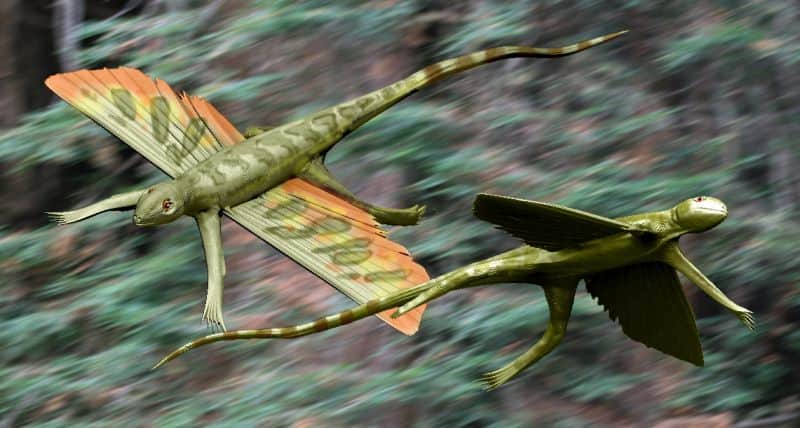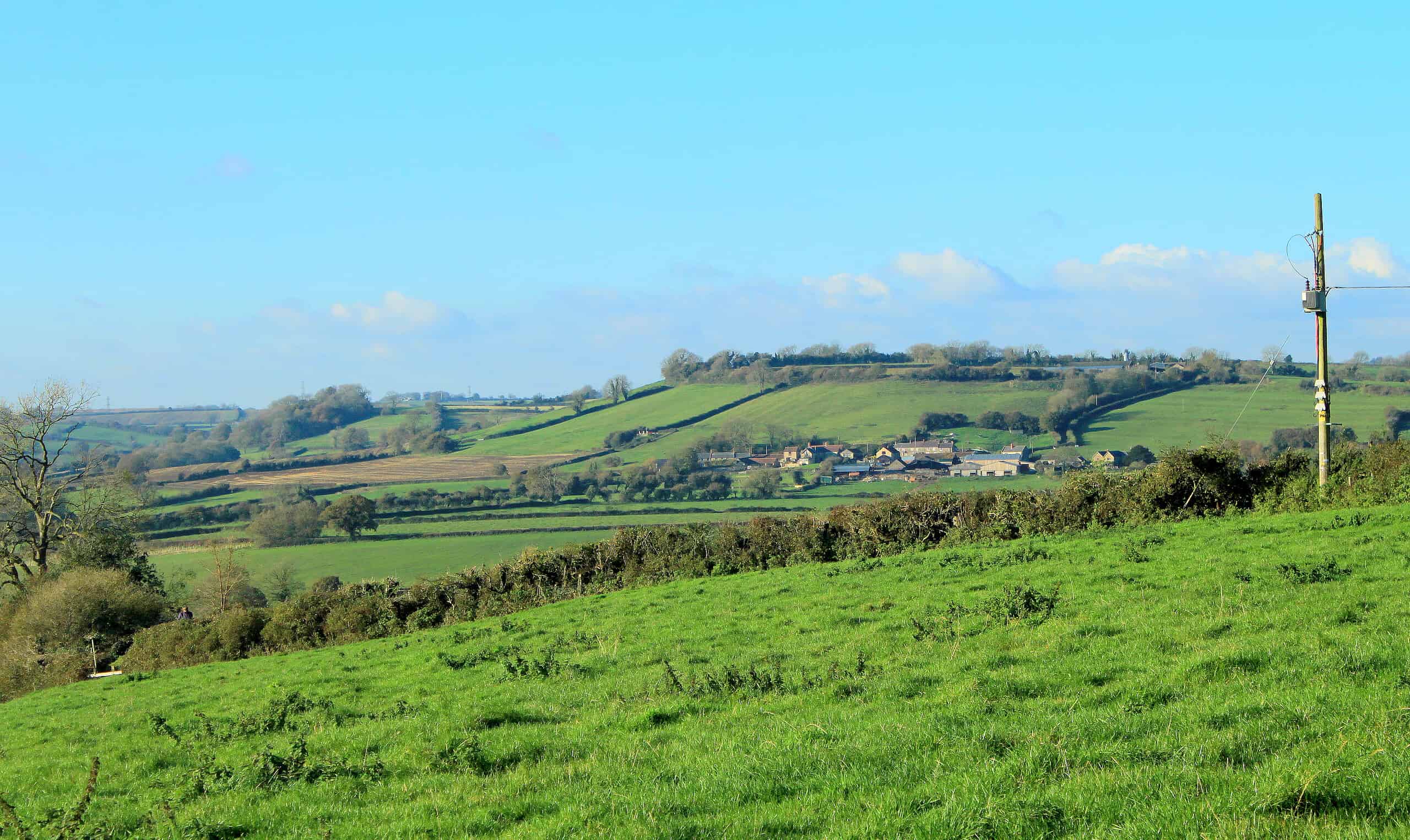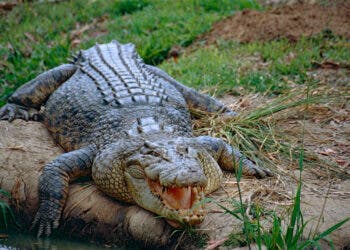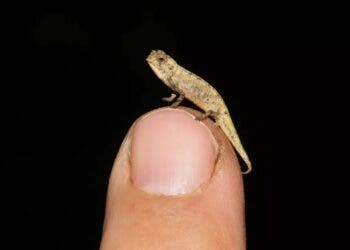
Mendip Hills, nestled just south of Bristol in the United Kingdom, represent the quintessentially British landscape. Quaint, green, and verdant, these hills are as peaceful as a landscape can be. But this serenity covers a tumultuous past: 200 million years ago, in the early Jurassic, the Mendips were a vastly different place.
Islands and fossils
The area was essentially an archipelago of small islands set in a warm, vibrant sub-tropical sea — and it was inhabited by dinosaurs. Well, lizards and dinosaurs.
Among the fascinating creatures that once called this area home were the Kuehneosaurs.
Kuehneosaurs looked like small lizards, small enough to fit in your hand, but were more closely related to crocodilians and dinosaurs. This strange type of reptile has now been discovered in the Mendips.
University of Bristol master’s student Mike Cawthorne was looking at fossils previously extracted from the nearby limestone quarries when he uncovered the Kuehnosaur fossils.
“The collections I studied had been made in the 1940s and 1950s when the quarries were still active, and palaeontologists were able to visit and see fresh rock faces and speak to the quarrymen,” Cawthorne says.
Co-author David Whiteside, also from the University of Bristol, added:
“The bones were collected by some great fossil finders in the 1940s and 1950s including Tom Fry, an amateur collector working for Bristol University and who generally cycled to the quarries and returned laden with heavy bags of rocks.”
“The other collectors were the gifted researchers Walter Kühn, a German who was imprisoned in Great Britain in the 2nd world war, and Pamela L. Robinson from University College London. They gave their specimens to the Natural History Museum in London and the Geological collections of the University of Bristol.”
If you think the name of Kühn and Kuehneosaurs sounds similar, that’s no coincidence — the reptiles were named after the paleontologist.

No dinosaurs, but a thriving Jurassic landscape
Kuehneosaurs were thriving, gliding reptiles that lived during the Late Triassic and early Jurassic period. Most Kuehneosaurs were around 70 centimetres long (2.2 feet) and had “wings” formed from ribs which jutted out from the body. Researchers estimate that the reptiles could glide over 10 meters (33 feet), either when hunting or when being hunted.
This unique adaptation is indicative of their arboreal lifestyle, where gliding likely served as an efficient means of locomotion to escape predators, forage for food, or move between trees. The discovery of Kuehneosaurs has provided valuable insights into the diversity of reptilian life and ecological niches during the Late Triassic, showcasing the evolutionary experimentation with flight and gliding mechanisms that occurred long before the appearance of birds and bats.
Cawthorne was actually looking for dinosaur bones, but he didn’t find any. But with some help from Professor Mike Benton, from Bristol’s School of Earth Sciences, he was able to find evidence of diverse populations of reptiles (not just Kuehneosaurs) inhabiting the ancient archipelago.
“It took a lot of work identifying the fossil bones, most of which were separate and not in a skeleton,” says Benton. “However, we have a lot of comparative material, and Mike Cawthorne was able to compare the isolated jaws and other bones with more complete specimens from the other sites around Bristol.”
“He didn’t find any dinosaur bones, but it’s likely that they were there because we have found dinosaur bones in other locations of the same geological age around Bristol.”
“He has shown that the Mendip Palaeo-island, which extended from Frome in the east to Weston-super-Mare in the west, nearly 30 km long, was home to diverse small reptiles feeding on the plants and insects.
The research enriches our understanding of ecosystems from 200 million years ago, highlighting the role of the Mendip palaeoisland as an unlikely hotspot of biodiversity and evolutionary significance. The detailed documentation of new taxa, coupled with geological and paleoecological analyses, paves the way for future research in this captivating period of Earth’s history.
Journal Reference: ‘Latest Triassic terrestrial microvertebrate assemblages from caves on the Mendip palaeoisland, S.W. England, at Emborough, Batscombe and Highcroft Quarries’ by M. Cawthorne, D. I. Whiteside, and M. J. Benton. Proceedings of the Geologists’ Association [open access]






